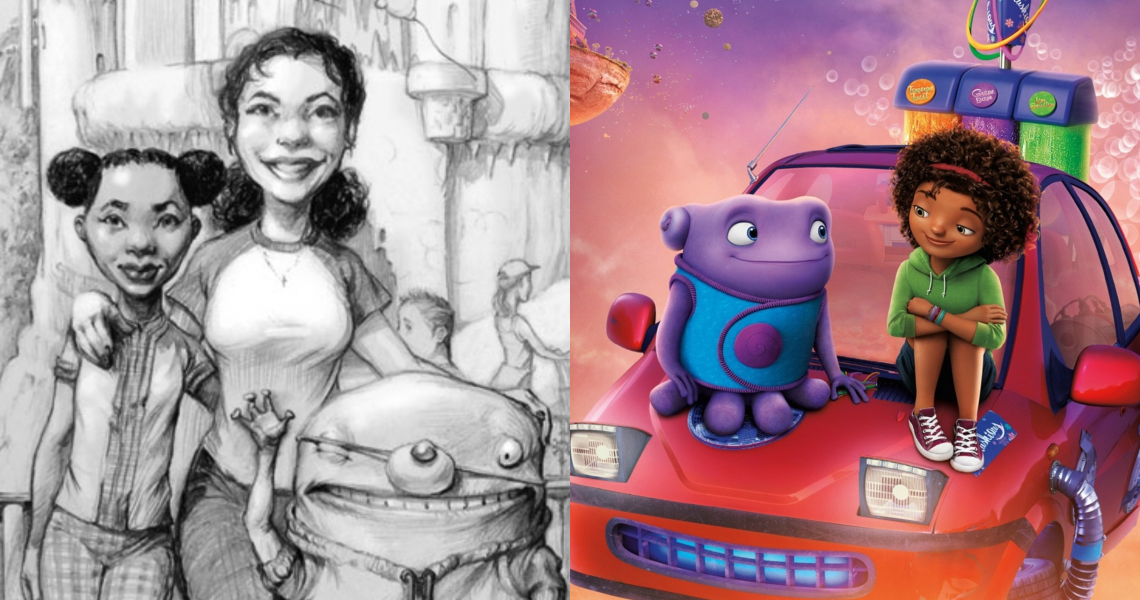Hamlet and Ophelia have similar situations with very different endings. Both of their fathers are murdered by someone once trusted, and they both fall into grief. They diverge, however, in their decisions on suicide: Hamlet contemplates suicide but ultimately does not kill himself*, while Ophelia ultimately seems to kill herself or at least causes her own death through endangerment. Why the difference?
Hamlet and Horatio Are In Love
Literature is often heteronormative. When a man and woman interact, people insist that one is in love with the other. That’s right: Iago secretly loves Desdemona. Mercutio mocks Romeo’s love for Juliet because he wants to be with Juliet himself. Rosencrantz is pining for Ophelia. Meanwhile, when two characters of the same gender might be in love, most people will never even consider the possibility. What’s with the double standard?
The Irony of Hamlet’s Fatal Virtues
It’s commonly said that one of the flaws contributing to Hamlet’s downfall is his inability to act. Had he killed King Claudius early on, the conflict would’ve been quickly wrapped up, and things probably wouldn’t have spiraled out of control. Yet this “tragic flaw” is uncharacteristic for a Shakespeare play. In many other Shakespearean works, characters face the opposite problem: they don’t exercise enough caution, and they make decisions before they have all the facts.
Meter is Music
When it comes to writing poetry, there are many students who abhor meter. I think that there are multiple reasons for this.
The first is that some of those students have been influenced by English teachers, who I theorize often dislike our counting-based friend meter because they’re English teachers, not math teachers. Personally, out of my three English teachers who covered meter, two said that they disliked or were bad at it. When even the teacher hates a certain topic in their own domain, students know that they’re in for a rough ride and get a negative first impression.
Safe At Night – Original Short Story
Glowing windows blinked like a million tiny eyes among the skyscrapers of Seattle, Northern Cascadia. On clear nights, the sky stretched in a solid sheet of dark navy punctuated only by the moon. There were no lights up there. History told of how humanity had plucked the stars from the sky and placed them on earth.
Even among a scenery of radiant skyscrapers, the Seattle Nintendo headquarters were unmistakable. Beneath the neon sign that boldly declared the company’s name in vivid red, the entire building brightened its walls with colorful lights, displaying vastly-magnified images of iconic characters from early games. Each glass-walled room was a pixel in an animated 32-bit painting. On the roof, a five-story-tall hologram of its three-dimensional “N” logo rotated slowly.
Thematic Shortcomings of Smekday’s Adaptation
On its own, the DreamWorks movie Home is a cute and heartwarming—if a little bit strange—narrative about family and friendship. If you haven’t seen it, the basic premise is that aliens called the Boov take over Earth and send all the humans to Australia. The protagonist, a girl named Tip, avoids forced relocation and travels to Australia with a friendly Boov named Oh to find her mother.
What many people don’t know is that it’s an adaptation of a (really good) book called The True Meaning of Smekday by Adam Rex, which does involve family and friendship but also centers themes addressing imperialism. I’m not nitpicky when a film adaptation doesn’t follow its book precisely, but I think it’s great to capture the depth and complexity of its original themes. Unfortunately, the seemingly surface-level changes in Home really detract from the anti-imperialist and anti-racist ideas that make Smekday so special, wasting amazing potential in favor of more generic messages.
Fighting Linguistic Extinction
If you browse a university’s language courses, you’re bound to find “Chinese” somewhere on their list. And while they may not specify this upfront, “Chinese” generally refers to Mandarin Chinese. What you probably won’t find is Cantonese, which usually refers to the standard Cantonese spoken in cities like Hong Kong by over 60 million people. And what you definitely won’t find is Toisanese—my family’s language.







